If we looked at the picture for Australia in the mid-90s, the electricity industry was massively overstaffed and the gas industry was dissipating the wealth that Exxon had discovered in Bass Strait.
In the case of electricity, Victoria led the way, and one simple figure illustrates the benefits brought about by privatisation and the introduction of competition. Generation Victoria was the monopoly supplier. Prior to reforms, which were ironically initiated by socialist Premier Joan Kirner, it employed 25,000 people; by the early 2000s, the numbers employed, including consultants and contractors, were under 3,000. At the same time the output, in terms of the power stations’ availabilities to run, had lifted from somewhere in the mid-70 per cent range to the mid-90s.
So, we had over 20,000 surplus personnel who only gummed up the work. Similar savings can be found in the distribution and transmission businesses, albeit to a lesser degree.
Australia was largely traversing the path that had been trailblazed by Margaret Thatcher’s administration in the UK and, less systematically in the US, where The Pennsylvania, New Jersey, Maryland network (PJM) showed the way in which independent generator businesses could compete while cooperating thereby bringing about lower prices with considerable incentives to invest where investment would be profitable.
Within six or seven years of initiating the reforms, Australia had achieved what was probably the lowest electricity prices in the world and an electricity system, which was no longer plagued with downtime, strikes, and blackouts. We saw new investment responding to commercial, not political, incentives.
This was done as a result of profits-oriented businesses, in retail as well as generation – not all of them privately owned – competing for business within a known framework of rules. These as the very conditions under which capitalism generally has prevailed and brought the wealth of nations we enjoy today.
But the situation in the energy industry was always precarious. Even while the reforms were taking place, Victorian Treasurer Alan Stockdale felt obliged to introduce regulatory arrangements for pricing and for ombudsman arrangements that went far beyond those seen in other industries.
At the start of the 21st Century, and for the next few years, electricity prices (and to a lesser degree gas, having fallen immediately after the reforms), were increasing more or less in line with inflation.
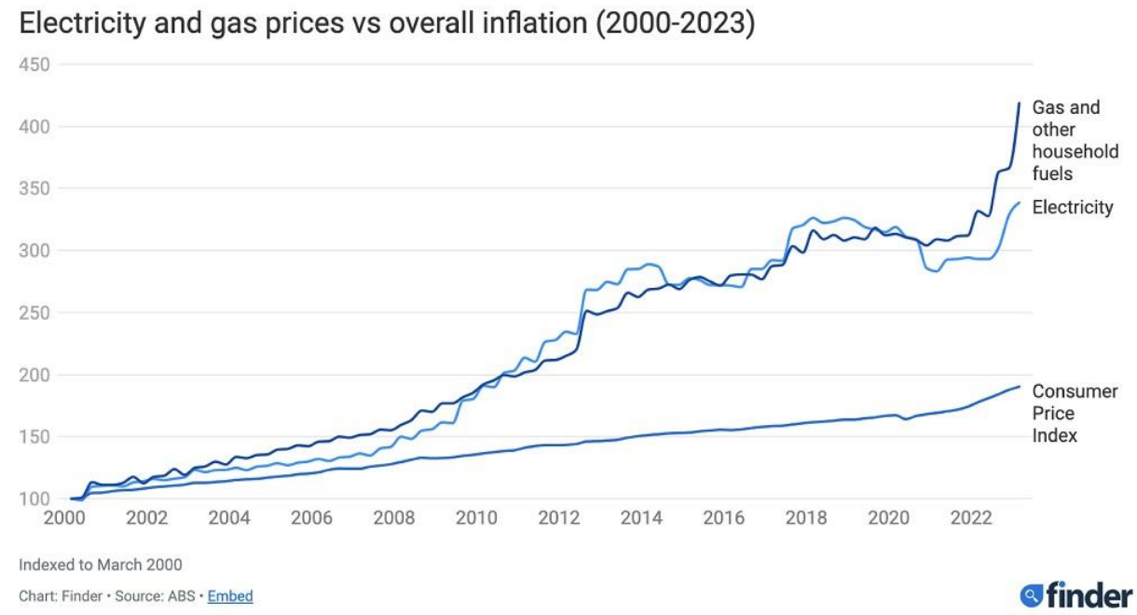
But the germs of the present disaster were already starting to infect the industry – and the economy as a whole.
Spurred on by claims that carbon dioxide emissions were causing global warming, and a fantasy that wind and solar energy would soon become cheaper than ‘dinosaur’ coal and gas and supposedly inherently dangerous nuclear, the first tentative steps were taken to favour renewable industries. Amusingly, we see agencies like CSIRO and others claiming even more stridently that wind and solar is cheaper and – often within the same sentence – adding that they therefore need to continue receiving the subsidies they enjoy.
In response to climate scares and skilful lobbying, John Howard introduced requirements for ‘2 per cent of additional energy’ to be supplied by wind and solar. The method of arranging, for this was through the Mandatory Renewable Energy Target (MRET) whereby energy certificates, which provided a subsidy to wind and solar, equivalent in those days to about $30 per MWh (providing a 70 per cent premium on the commercial market price).
John Howard has since said that this 2 per cent additional energy policy was his greatest political error. He sought to cap the level of support and appointed an inquiry, chaired by former Senator Tamblyn, to advise on this. As is often the case, the inquiry was captured by the bureaucrats and recommended the expansion of the scheme from what had been quantified at 9,500 GWh to 16,000 GWh. To his credit, Howard rejected this but was quickly replaced by Australia’s new economic and political saviour, Kevin Rudd.
Under Rudd/Gillard, the MRET scheme and its roof-top sister scheme went into break-neck expansion until the Abbott victory in 2013. Abbott wanted to wind back the scheme but, fearing radical advice and conscious of political opposition to this, appointed the sensible Dick Warburton to head the inquiry, and the best he felt he could do was to cap the scheme.
So the subsidies have continued. They have transformed what was a supply comprising 85 per cent coal 10 per cent hydro and 5 per cent gas to the present output of 60 per cent coal 25 per cent solar/wind and 15 per cent hydro and gas. The present government seeks to eliminate coal altogether and, ostensibly at least, the Opposition is not far behind.
In terms of subsidies, the PC has put their effect as follows
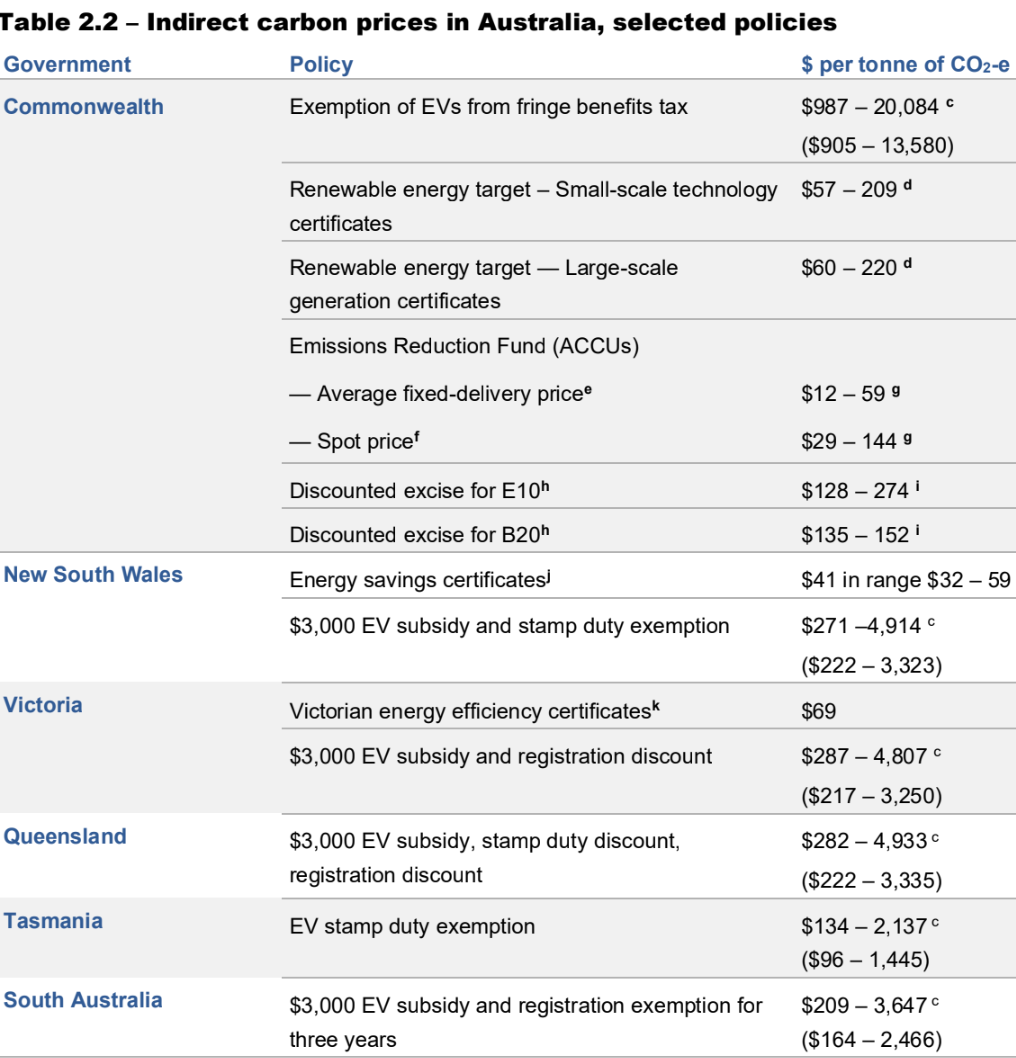
In annualised dollar terms, the energy subsidies to renewables, the flip side of which is a tax-type penalty on fossil fuels come to over $9,800 (million):
LRET SRES ACCUs $3,980
RERT, FCAS and system security $400
Expansion of transmission $510
CEFC $1,333
ARENA $100
Snowy 2 $1,333
State schemes $1,410
The subsidies do far more damage than a simple transfer of money from one party to another. Because wind is subsidised (and is favoured by the market operator’s dispatch algorithm that gives it preferred access), it can bid into the market at anything above negative $40-50 per MWh. This not only displaces coal but forces up its costs since the generators are capital-intensive and designed to operate for much of the day but are being forced to fill in when the wind/sun is not producing.
As a result, we see prices forced down as the coal generators meet the market pressures from wind and solar that will seek to run at anything over its (subsidised) break-even of about $50 per MWh. Prices then shoot up when those distorted market pressures add costs (by forcing the capital-intensive coal plant to operate part-time) and at the same time squeeze prices. That process forces a facility to close once a new lick of new capital is required to supply – not at the steady rate of the original design – but as a filler for when lack of wind and sun prevent intermittent renewables from generating. The pattern can be observed in prices depicted below.
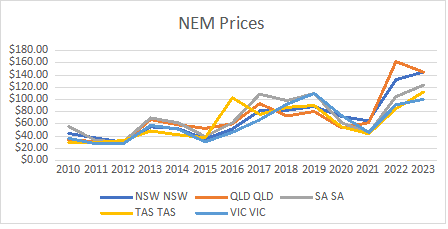
This year’s closure of Liddell brought what the Australian Financial Review called a revelation, ‘Had Liddell’s capacity still been available, prices would have been lower.’ Chanticleer noted, that the average realised wholesale price increased 32 per cent in NSW, 27 per cent in Victoria, 100 per cent in SA and 14 per cent in Queensland.
The pressures on electricity have been increased by regulatory constraints on new developments and tax increases (called royalty increases) on coal and gas. For gas, Australia now has shortages due to regulatory restrictions that largely outlaw developments in all eastern states other than Queensland.
The outcome has seen Australia being transformed from its former position of enjoying very low-cost energy supply. Australian electricity prices are now twice those of China, Russia and Vietnam and much dearer than other nations following us down the climate energy wormhole, like Canada, the US, and Korea.
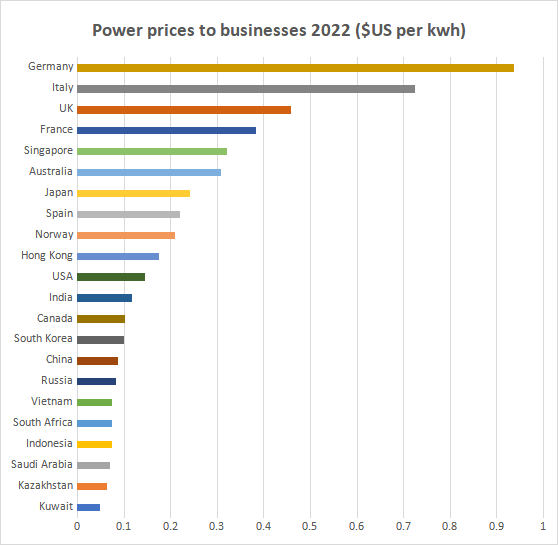
One solution according to our politicians and those who advise them is to re-nationalise the industry and double up on the subsidies to renewables.
Former Premier Andrews set renationalisation in train for Victoria. Fortunately, his government would be unable to raise sufficient funds to implement this.
The latest subsidy expansion is the Safeguard Mechanism but the Prime Minister has foreshadowed a new array of subsidies and regulatory impediments. And hydrogen is a popular elixir to fix the system but one that cannot conceivably work if only because it takes more energy to produce than if provides.
The further we go along this path of replacing coal with intermittent solar and wind supplies, the more expensive the firming operation becomes. With a 100 per cent renewables supply and no transmission constraints, Global Roam has put the firming costs as the equivalent of 25 Snowy 2’s or 70,000 Hornsdale batteries which would cost some $6 trillion and, even if amortised over a 15-year period would require one-third of annual GDP – and that is just for the batteries. Even larger costs are estimated by others like Francis Menton, who estimates that just to keep the lights on would require a backup of 25 days supply with 100 per cent wind supply. Pumped hydro might have a firming role alongside batteries but it cannot be a major one given Australia’s limited river flows.
One solution proposed by the Opposition is to adopt nuclear but this – at the present time – is nowhere near as economical for Australia as coal. It is even less so in the way Peter Dutton expressed it – as an adjunct and firming mechanism for renewables, a role that nuclear (like coal), with its high fixed costs, is intrinsically ill-placed to perform.
Of course, the real solution is that adopted by China, India, and others
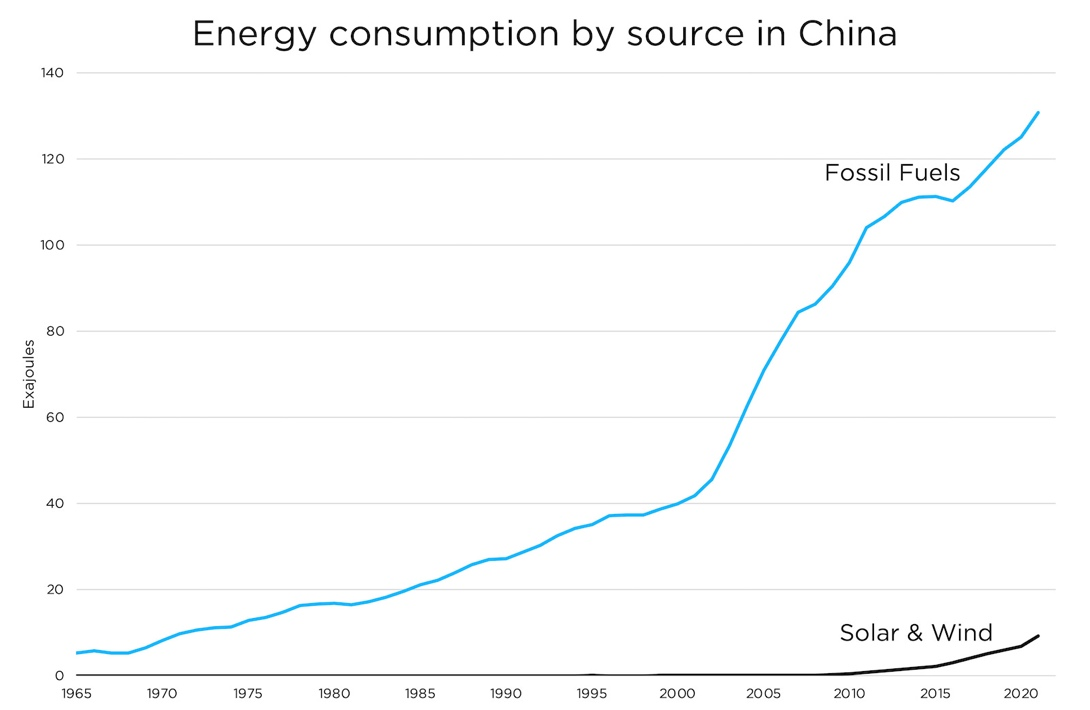
But for the time being Prime Minister Albanese, reeling from the Voice debate, is preparing for a redoubled support for renewable energy. In doing so he is tacitly supported by the finance industry that is cowering from the ‘global boiling’ incandescents and refusing to finance energy sources other than those renewables requiring government subsidies. We therefore, at the very least, face a considerable increase in national misery before sensible energy economic policies are restored.
Got something to add? Join the discussion and comment below.
Get 10 issues for just $10
Subscribe to The Spectator Australia today for the next 10 magazine issues, plus full online access, for just $10.

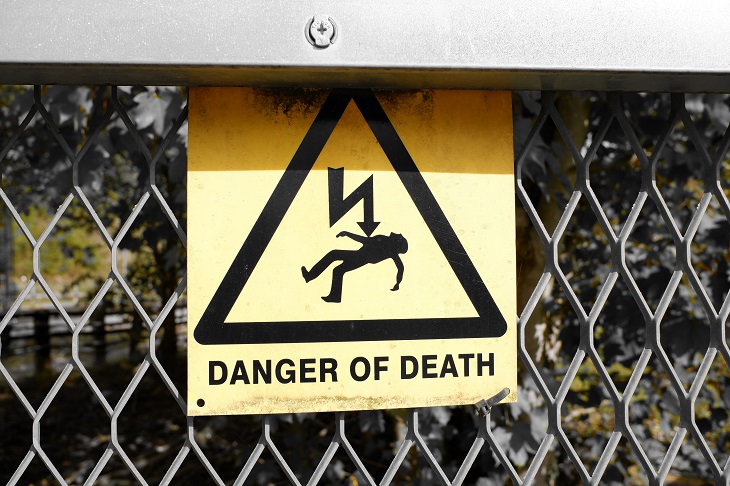
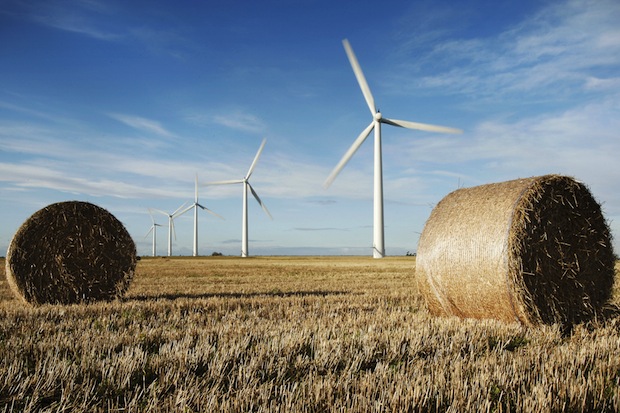
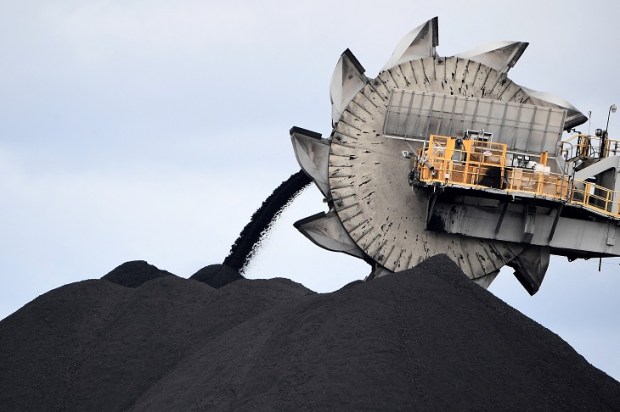
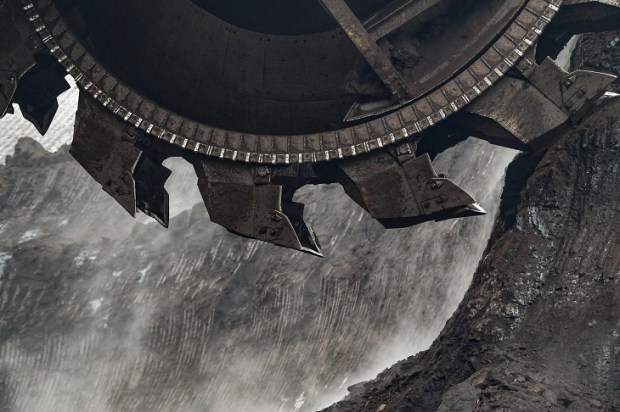
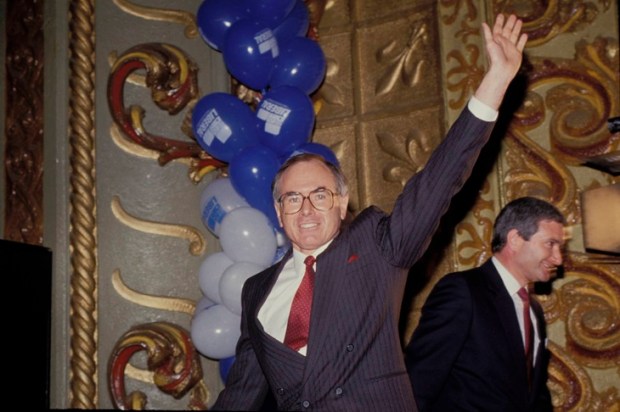
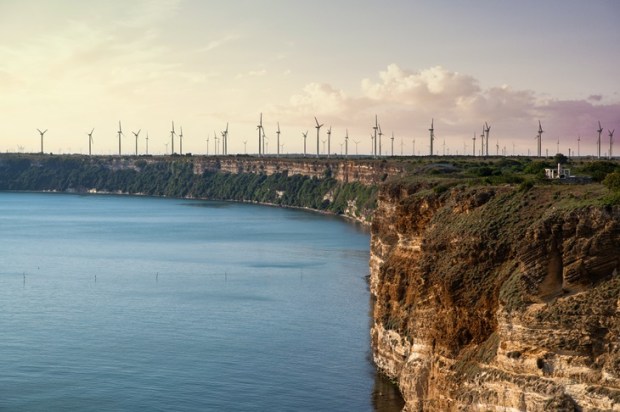
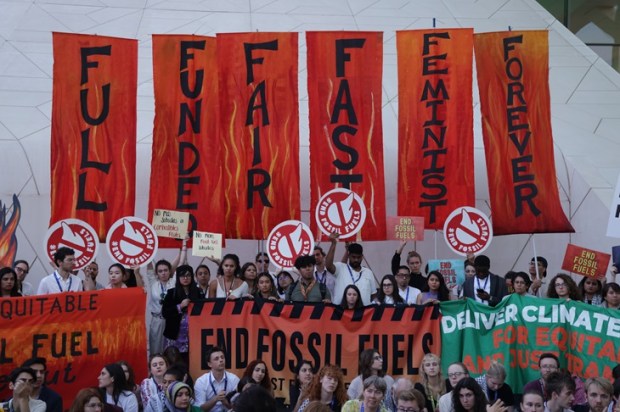


















Comments
Don't miss out
Join the conversation with other Spectator Australia readers. Subscribe to leave a comment.
SUBSCRIBEAlready a subscriber? Log in